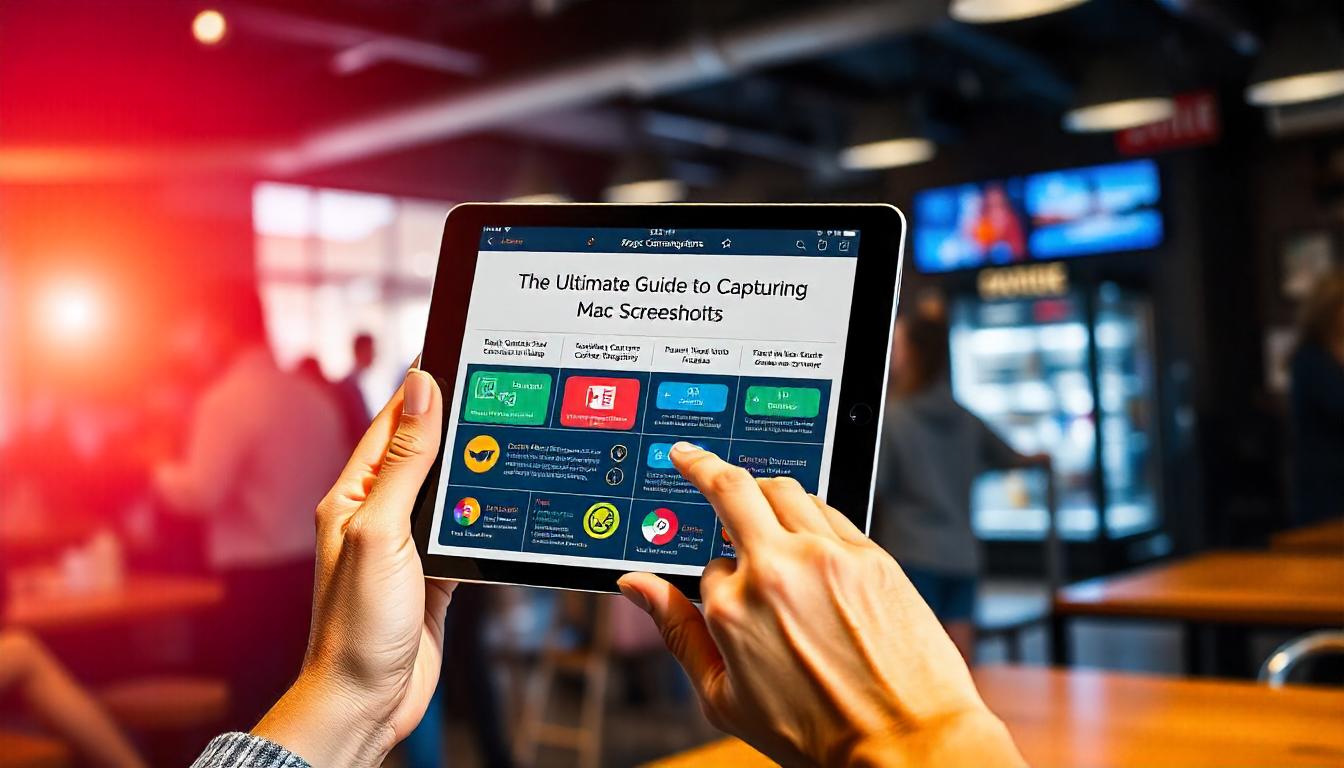How to Screenshot on a Mac: A Comprehensive Guide
Screenshots are an essential tool for capturing information quickly and efficiently. Whether you need to save an error message, document an online transaction, or create content for presentations, learning how to take screenshots on a Mac is an invaluable skill. This article will provide a detailed guide on how to take screenshots on a Mac, covering different methods, shortcuts, and additional tools for advanced users.
1. Using Keyboard Shortcuts for Screenshots
One of the most efficient ways to capture a screenshot on a Mac is by using keyboard shortcuts. Apple provides built-in shortcuts that allow you to capture the entire screen, a selected portion, or a specific window.
a) Capturing the Entire Screen
To take a screenshot of your entire screen, follow these steps:
- Press
Command (⌘) + Shift + 3. - The screenshot will be saved automatically to your desktop (by default) or your designated location.
b) Capturing a Selected Portion of the Screen
For capturing a specific area of your screen, use this shortcut:
- Press
Command (⌘) + Shift + 4. - Your cursor will change to a crosshair.
- Click and drag to select the area you want to capture.
- Release the mouse button to take the screenshot.
- The image will be saved automatically.
c) Capturing a Specific Window
To capture a specific window without background distractions:
- Press
Command (⌘) + Shift + 4. - Press the
Spacebar, and your cursor will change to a camera icon. - Click on the window you want to capture.
- The screenshot will be saved as an image file.
2. Saving and Locating Screenshots
By default, screenshots are saved on the desktop with the filename format: Screenshot [date] at [time].png. However, macOS allows customization of the save location:
- Press
Command (⌘) + Shift + 5to open the screenshot toolbar. - Click on Options and choose a preferred save location such as Desktop, Documents, or Clipboard.
3. Using the Screenshot Toolbar (macOS Mojave and Later)
macOS Mojave introduced a Screenshot Toolbar that offers more control over screenshot options. To access it:
- Press
Command (⌘) + Shift + 5. - A toolbar will appear at the bottom of the screen with options to capture the entire screen, a selected portion, or a specific window.
- You can also record your screen from this toolbar.
4. Capturing Screenshots to Clipboard
Instead of saving the screenshot as a file, you can copy it directly to the clipboard:
- Press
Command (⌘) + Shift + 3 + Controlto copy the entire screen. - Press
Command (⌘) + Shift + 4 + Controlto copy a selected portion. - You can paste it into any application by pressing
Command (⌘) + V.
5. Editing Screenshots Using Preview and Markup Tools
Once you capture a screenshot, you may need to edit it. macOS provides built-in tools for editing screenshots:
- Click on the screenshot preview (which appears briefly in the corner of the screen after capturing).
- Use the markup tools to annotate, crop, or highlight sections.
- Save the edited screenshot or share it directly from the editing window.
6. Using Third-Party Screenshot Tools
While macOS provides excellent built-in screenshot tools, third-party applications offer additional functionalities:
- Skitch: A user-friendly app for capturing and annotating screenshots.
- Snagit: Advanced screen capture software with editing and sharing features.
- Lightshot: A lightweight tool that allows quick editing and cloud sharing.
7. Taking Screenshots on Mac with Touch Bar (If Available)
If you have a Mac with a Touch Bar, you can also take a screenshot of it:
- Press
Command (⌘) + Shift + 6to capture the Touch Bar.
8. Using Automator to Create a Screenshot Workflow
For advanced users, Automator can streamline the screenshot process:
- Open Automator from Applications.
- Create a new Quick Action.
- Choose Capture Screenshot as the action.
- Set a save location and shortcut.
- Run the automation to capture and save screenshots effortlessly.
Conclusion
Taking screenshots on a Mac is a simple yet powerful feature that enhances productivity. Whether using keyboard shortcuts, the Screenshot Toolbar, or third-party tools, knowing these methods ensures you can quickly capture and share information. Try out these different techniques and find the one that best suits your workflow!
